Influence of the Ingress Protection (IP) Rating on Outdoor Use
| IP Code | Dust Protection | Water Protection | Significance for Outdoor Air Cooler Motors |
| IP23 | Prevents entry of objects ≥12 mm | Protects against water splashing at ≤60° | Suitable for light rain and low‑dust environments |
| IP54 | Prevents entry of objects ≥1 mm | Protects against water splashing from any direction | Withstands moderate dust and occasional showers; common in outdoor plant rooms |
| IP55 | Limited dust protection | Protects against low‑pressure water jets from any direction | Fits dusty sites with occasional heavy rain |
| IP65 | Completely dust‑tight | Protects against strong water jets from any direction | Allows long‑term reliable operation during rainy seasons or humid conditions |
| IP67 | Completely dust‑tight | Protects against temporary immersion | Suitable for locations that may experience standing water or tidal influence |
Practical impact: The higher the IP rating, the better the enclosure prevents dust and water ingress, thereby extending motor life, reducing failure rates, and ensuring stable performance. Choose the appropriate IP level based on site dust concentration, rainfall intensity, and the possibility of temporary immersion.
How to correctly install an Air Cooler motor?
Correct Installation Procedure for an Air Cooler Motor
Preparation – Verify that the installation floor is level and provide adequate support space; use shims if necessary to avoid deformation of the motor base.
Mounting – Secure the motor to the cooling tower or cabinet structure with flange bolts, tightening them to the specified torque to prevent loosening during operation.
Bearings & Sealing – Install O‑rings or seals on the motor shaft ends to ensure a complete seal, preventing dust and moisture from entering the interior.
Fan Assembly – Fit the fan hub directly onto the motor shaft, maintaining the designed blade clearance; then fasten the hub with screws or clamps to avoid detachment at high speeds.
Electrical Connection – Wire according to the motor nameplate (voltage, phase – single or three). Use a junction box that matches the motor’s IP rating to guarantee water and dust protection.
Inspection & Commissioning – After mechanical installation, perform a no‑load rotation to check axial clearance, fan balance, and seal integrity. Then power up at low speed, monitoring vibration, noise, and temperature rise to ensure they stay within specified limits.
Safety note: All installation work must be performed by qualified personnel in accordance with local electrical safety regulations, ensuring proper grounding and protective measures before the motor is energized.


 English
English عربى
عربى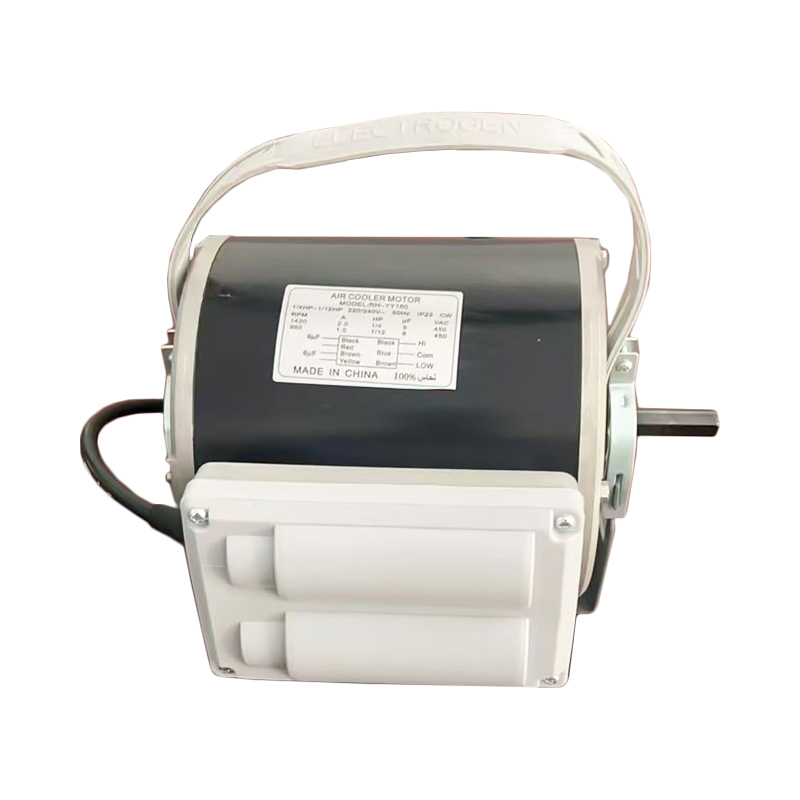
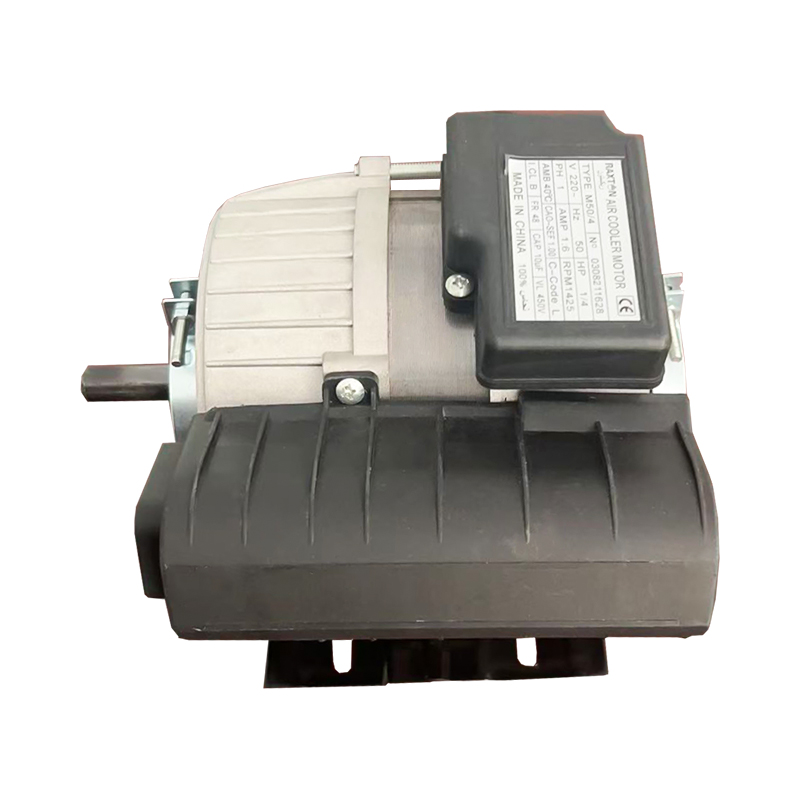
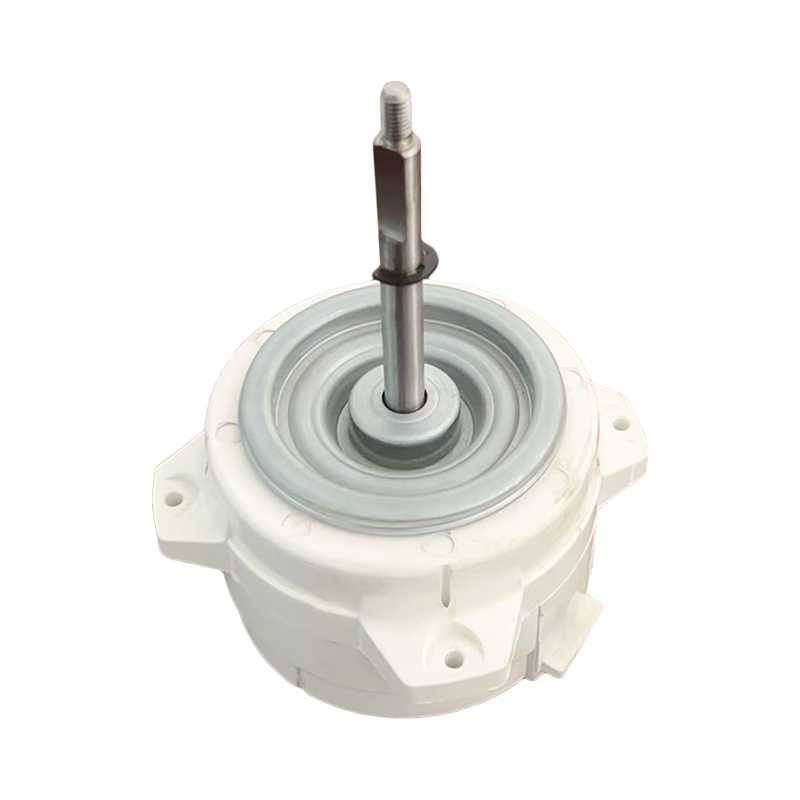
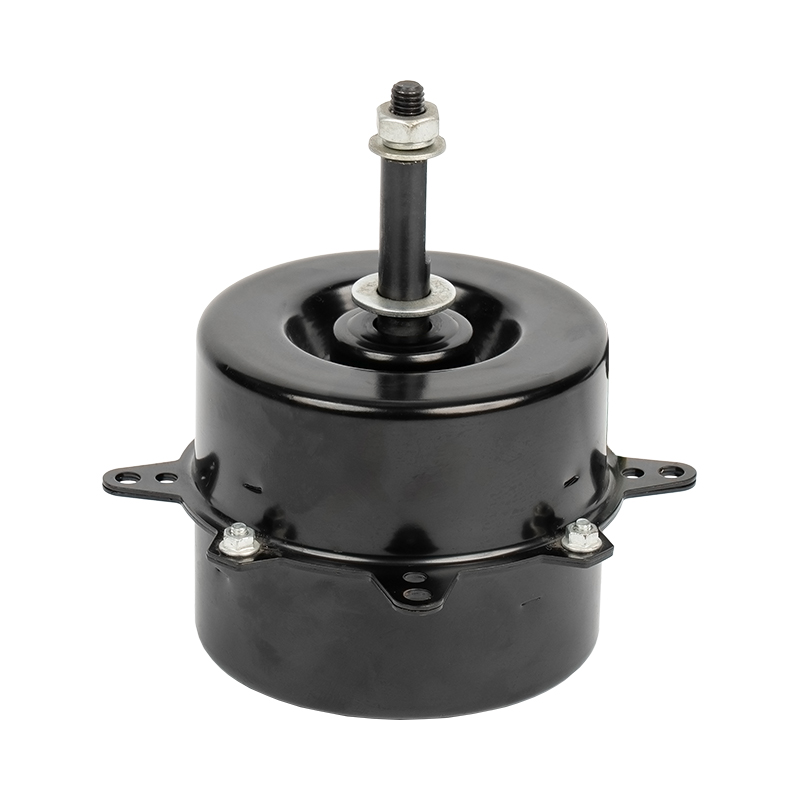
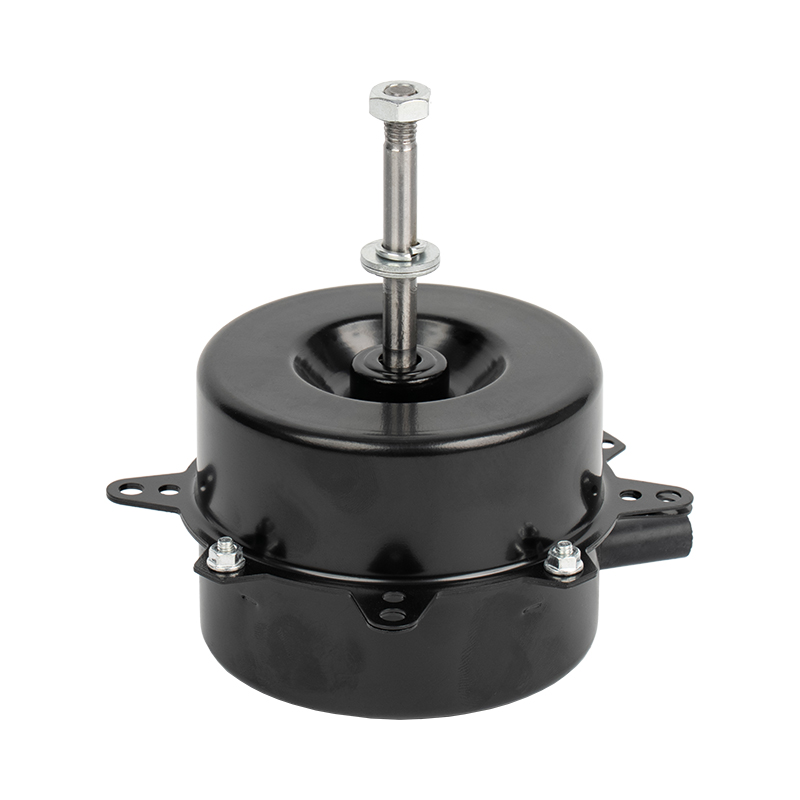
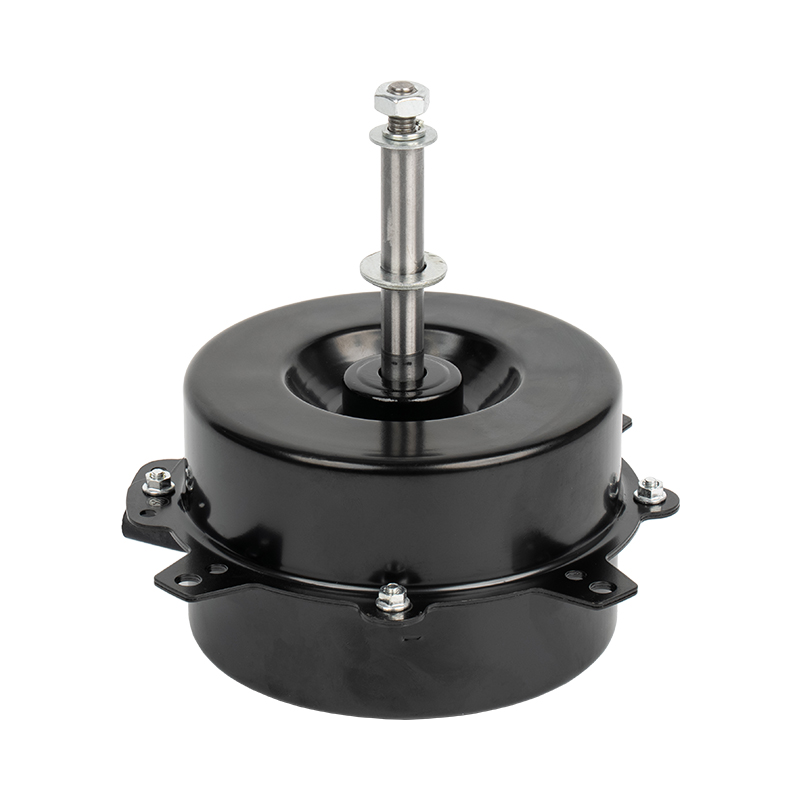
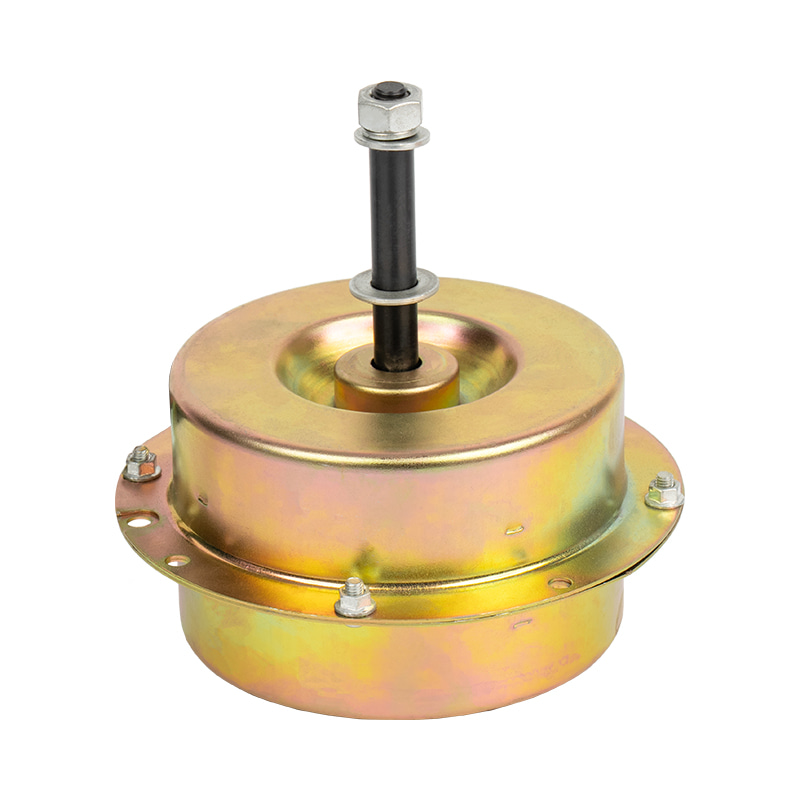
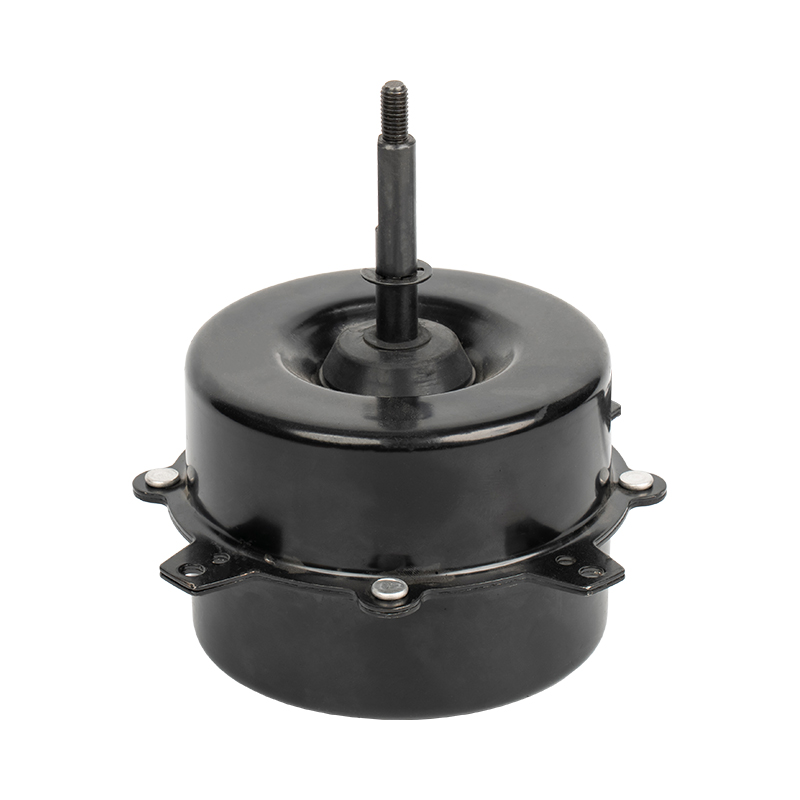
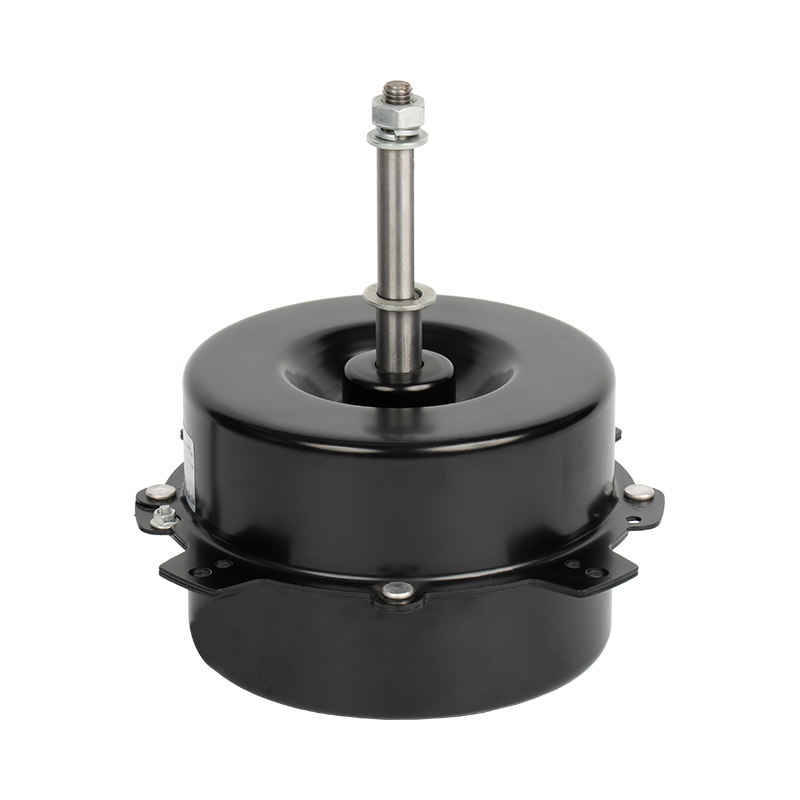
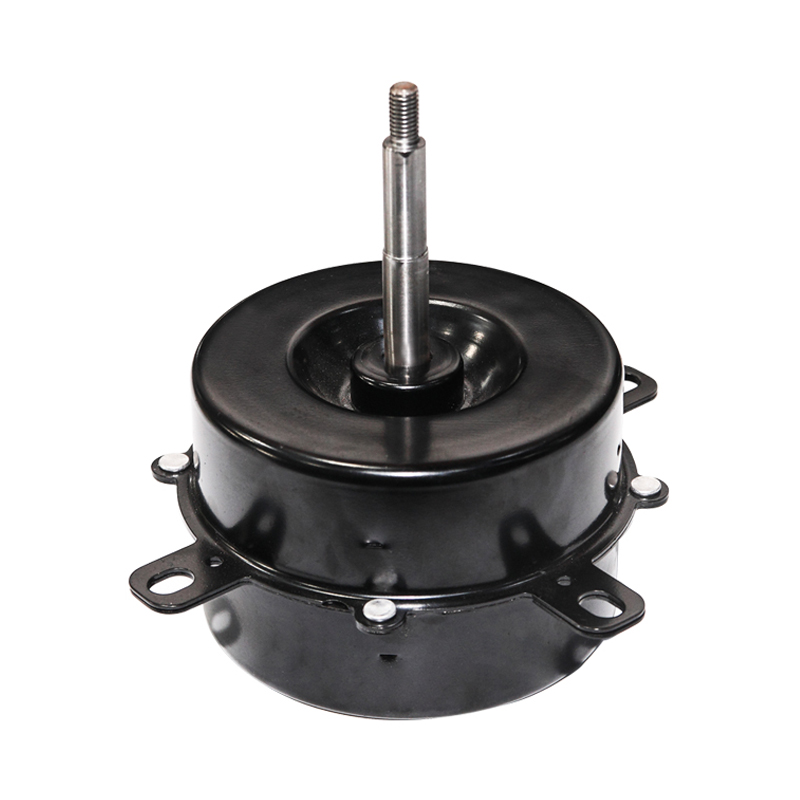
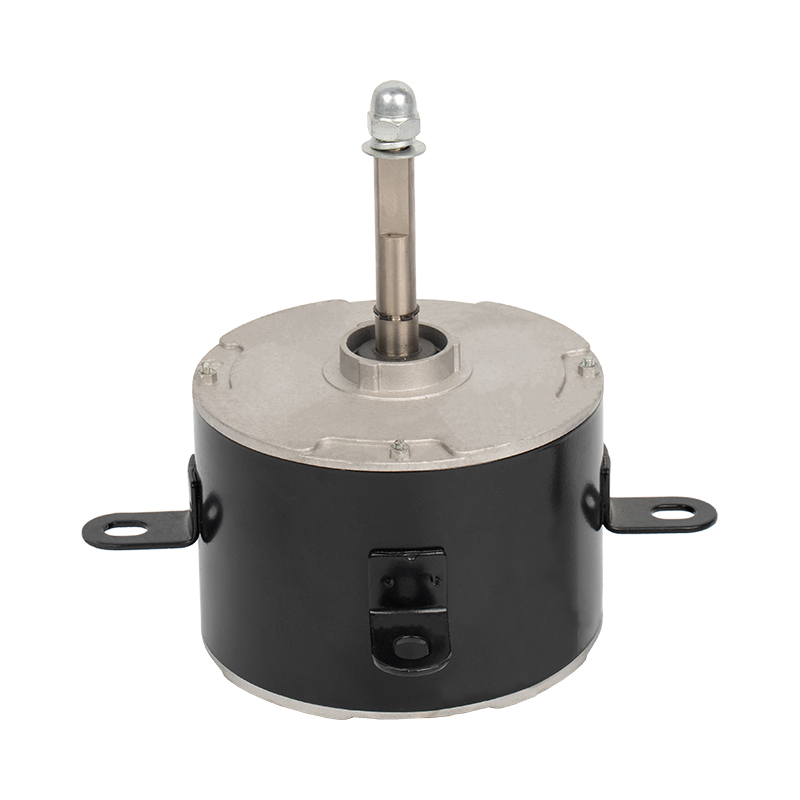
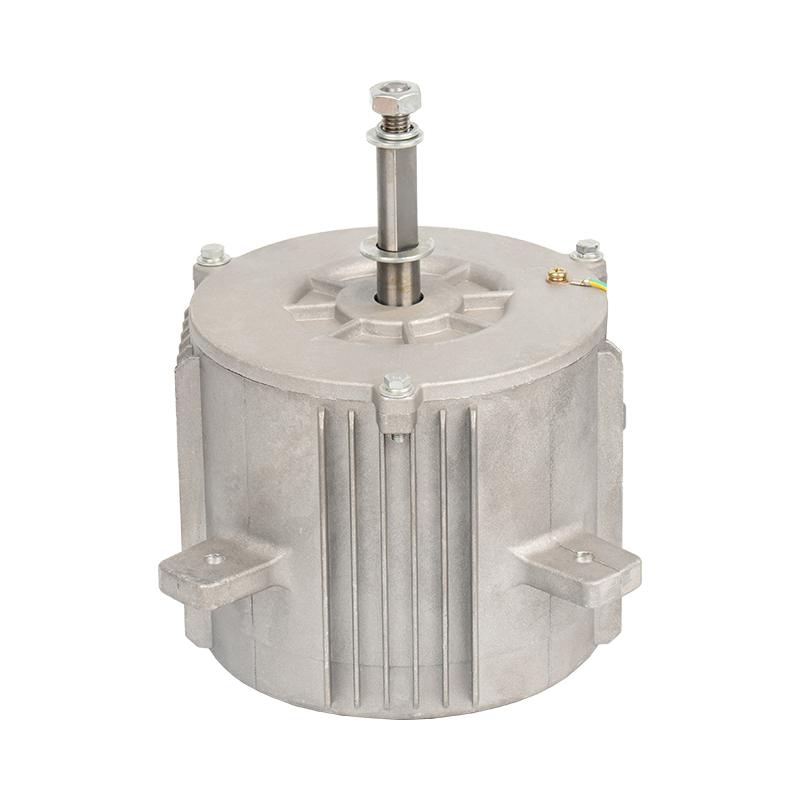


 Home
Home  Tel.: +86-13819807486
Tel.: +86-13819807486 Whatsapp:+86 13819807486
Whatsapp:+86 13819807486 E-mail:
E-mail: 



